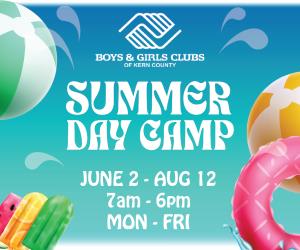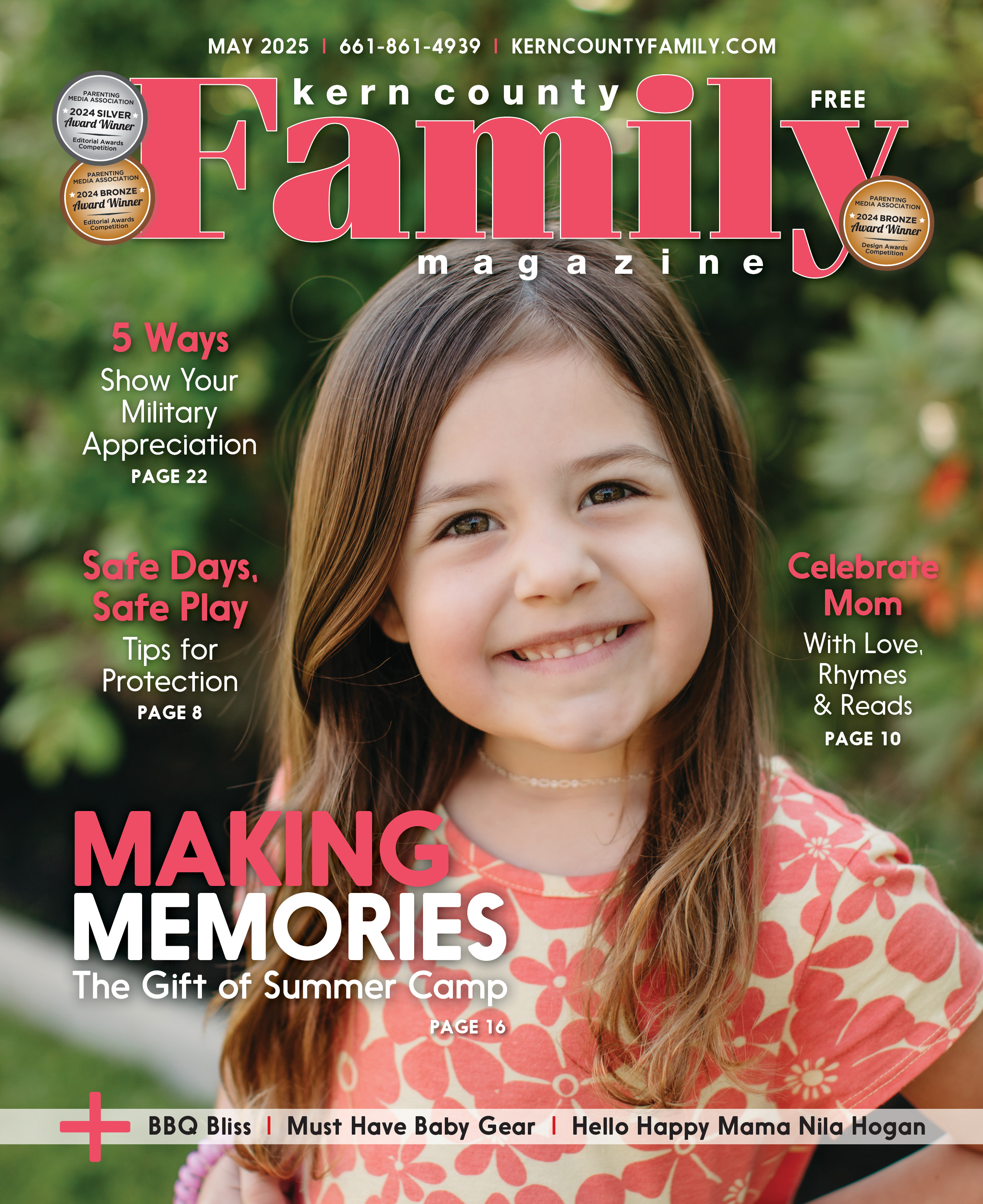Health News to Use: Unlock Healthy Habits: A Parent’s Guide to Helping Kids Lose Weight
by Leslie Carroll
by Leslie Carroll
Aug 29, 2024

The number of adolescents and children who are battling obesity continues to rise. The World Health Organization says worldwide adolescent obesity has quadrupled in the last 30 years. According to the State of Childhood Obesity and data from the National Survey of Children's Health, in 2021-2022, 17 percent of U.S. youths ages 10 to 17 were obese.
September is National Childhood Obesity Awareness Month, a perfect time to focus on improving the health of children in your life. Maintaining a healthy body mass index early on can set a child on a path of continued good health into adulthood. Parents and other caregivers can help children lose weight in a number of ways.
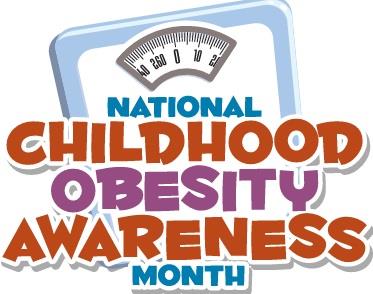
· Cut back on processed foods. Adults tend to have control when food shopping and kids simply rely on the foods they find in the home for snacks and meals. Fast foods and processed foods tend to be higher in calories and fat, so opting for more fresh, lean, and whole-grain items can be part of any weight loss equation.
· Make smart ingredient swaps. Trade in white breads, rices, and pastas for whole-grain alternatives. These "brown" products have fiber, which can help a child feel full for longer. Fiber also is essential to keeping cholesterol levels in check. Children may be hesitant to try new things, but research shows children are more likely to eat a new item after it appears on their plate a few times, so parents should remain persistent.

· Serve a nutritionally sound plate. The MyPlate program from the U.S. Department of Agriculture indicates that a healthy plate consists of filling half a plate with vegetables and fruit, while a quarter of the plate should be a lean protein and the remaining quarter a whole grain. Low-fat dairy products also should be included to provide for calcium and vitamin D.
· Buy more fruits and vegetables. When shopping, opt for more fruits and vegetables, as well as other healthy snacks. Keeping chips and cookies out of the house limits kids' access to them. Save less healthy snacks for once in a while.
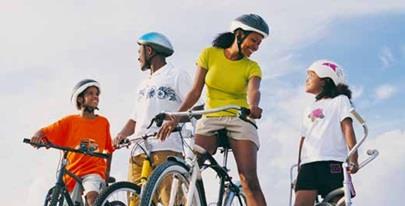
FDA Approves Blood Test to Detect Colorectal Cancer
The Food and Drug Administration (FDA) has approved a new blood test that can screen for colorectal cancer in people over the age of 45. The Shield blood test, manufactured by Guardant Health, is the first blood test to be approved as a primary screening tool for colorectal cancer. This means it can be offered in doctors’ offices alongside other screening methods. The test is meant to be a more convenient option for people in need of CRC screening who might otherwise skip colonoscopies or stool tests because they are unpleasant.
Is your Weight Loss Solution Putting you at Risk?

Experts warn that people who shop online for weight loss drugs face serious risks of receiving ineffective and dangerous products. The study’s author says the average person cannot be expected to safely navigate the online medication minefield safely and they are exposing themselves to unregulated, low-quality, and potentially contaminated products.
Conquer the Creepy Crawlies: How to Beat Head Lice this School Year
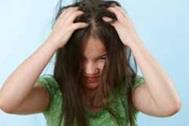
It’s estimated six to 12 million head lice infestations occur each year in the United States among children between the ages of three and 11.
What is head lice?
A head louse is an insect that can infest people. Lice make their homes in human hair and feed on blood. Head lice multiply rapidly by laying small, gray-colored, oval-shaped eggs known as nits. The nits are sticky and attach to the base of the hair close to the scalp. Unlike other blood-sucking insects, such as mosquitoes or ticks, head lice are not known to spread disease.
Who gets head lice?
Head lice do not discriminate when they choose a person. They are equal-opportunity feeders and will hop on just about any scalp for a meal. The CDC says infestation with head lice is most common among preschool- and elementary-school-aged children and members of their household, including caretakers.
What are the signs of head lice?
Itching is the most common symptom of head lice, says the Mayo Clinic. A louse bite causes an allergic reaction. Itchiness may occur on the scalp, neck, and ears. During visual inspections of the hair and scalp, one may be able to see lice and nits. However, both the eggs and the lice themselves are very small, so it can be challenging to spot them. Parents and caregivers who suspect a child has lice should consult with a school nurse or a pediatrician.
How can head lice be prevented?
The most common way to contract head lice is through head-to-head contact. Children should avoid head contact during play and other activities at school and home. Although transmission through shared brushes, combs, towels, hats, and clothing is less common, it is still possible, so sharing of these items should be discouraged.
The CDC says using a hot water cycle in the laundry and the high heat drying cycle can kill head lice on clothing and other items. Seal items that cannot be washed in a plastic bag and store them for two weeks.
Vacuum the floor and furniture to remove any nits or lice that have fallen off the head. Fumigant sprays or fogs, which can be toxic if inhaled, are not necessary to control head lice, indicates the CDC.




